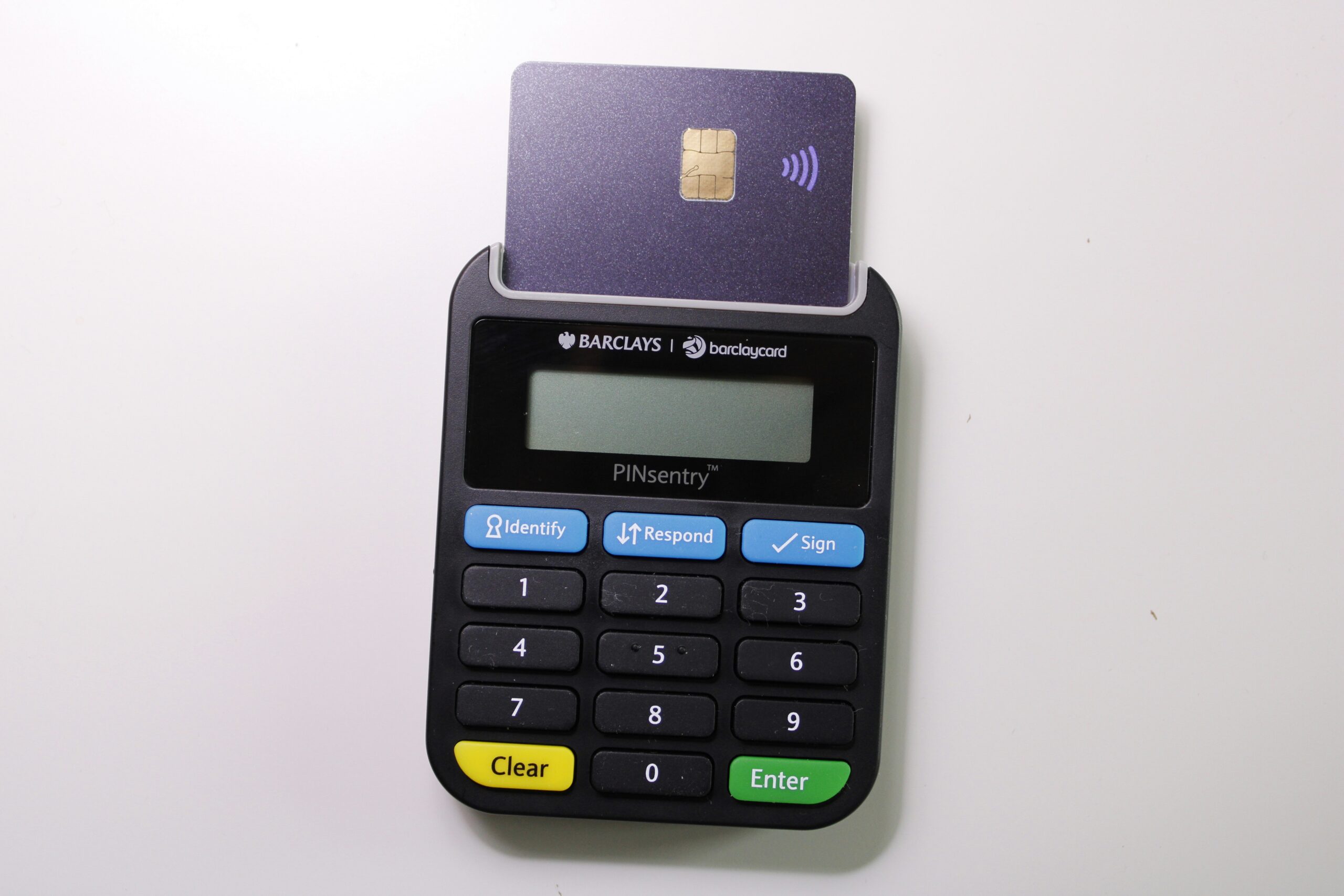Ever tried splitting a $200 restaurant bill with your partner, only to realize one of you forgot their wallet at home? Awkward, right? Now imagine being stuck with shared credit card debt because you didn’t fully understand credit card joint account rules. Yikes. Today, we’re diving deep into this microniche so you can keep your finances—and relationships—intact.
Table of Contents
- Key Takeaways
- The Surprising Truth About Joint Credit Cards
- How to Navigate Credit Card Joint Account Rules Like a Pro
- Top Tips for Managing Joint Accounts
- Real-Life Lessons from a Joint Credit Card Nightmare
- Frequently Asked Questions About Credit Card Joint Accounts
🔑 Key Takeaways
- A joint credit card means both account holders are equally responsible for all charges.
- Not all banks allow true “joint accounts”—many offer authorized users instead.
- Miscommunication and unclear credit card joint account rules can lead to financial chaos.
- Always establish ground rules (and maybe a budget spreadsheet) before signing up.
🤔 The Surprising Truth About Joint Credit Cards
Joint credit cards might sound like a great idea on paper. “We’ll share expenses!” “It’s perfect for couples or business partners!” But here’s the catch: Few people actually understand how they work. Let me tell you about my own epic fail:
I once added my sibling as an authorized user without reading the fine print. Next thing I knew, they racked up $800 in online shopping sprees. Whoopsie. That experience taught me something valuable: If you don’t follow credit card joint account rules carefully, it’s not just stressful—it’s expensive.
“Optimist Me:” *”Joint credit cards promote teamwork!”*
“Grumpy Me:” *”*Ugh,* only if coffee’s involved… and maybe therapy.*”
Sensory Warning:
Imagine the sound of crumpling receipts during tax season—that’s what ignoring these rules feels like. So let’s break them down together.

📝 How to Navigate Credit Card Joint Account Rules Like a Pro
So, you’ve decided to take the plunge into joint credit cards. Nice! Here’s how to make sure things go smoothly:
1. Understand What “Joint” Really Means
Some issuers don’t even offer true joint accounts—they provide authorized users instead. Make sure you clarify whether both parties are legally liable for payments—or just one person.
2. Check Eligibility Requirements
Not everyone qualifies for a joint credit card. Both applicants need clean credit histories and sufficient income. Pro tip: Call the issuer directly to confirm requirements rather than assuming based on ads.
3. Draft Your Ground Rules
Create a simple agreement outlining who pays what and when. Whether it’s groceries vs. gas or alternating monthly payments, clarity prevents arguments later.
4. Monitor Spending Regularly
Nothing screams “relationship stress” quite like surprise charges. Set alerts for large purchases or track spending via apps provided by the issuer.
5. Plan for Emergencies
If one party defaults, the other is still fully responsible. Have a backup plan—like emergency savings—to avoid ruining both credit scores.

💡 Top Tips for Managing Joint Accounts
Let’s get tactical. These strategies will help you stay sane while juggling two names on one card:
- Keep Separate Cards for Personal Purchases: Sounds obvious, but trust me—it helps. Shared everything gets messy quickly.
- Use Budgeting Tools: Apps like Mint or YNAB can categorize expenses and assign spending limits per category.
- Review Statements Together Monthly: Treat it like date night—but with more Excel sheets.
- Limit Access Carefully: Don’t give each other unlimited spending power unless absolutely necessary.
- Set Boundaries Early: Decide upfront which types of purchases require mutual approval (e.g., vacations over $500).
🚨 Real-Life Lessons from a Joint Credit Card Nightmare
Linda and James thought they were ready for a joint credit card. They weren’t. After six months of miscommunication, their combined balance hit $10,000. Ouch.
What went wrong? For starters, Linda assumed James would cover half the statement every month. Meanwhile, James thought she’d handle it entirely since her name was listed first. Cue endless texts and passive-aggressive texts. Moral of the story? Clear communication matters more than fancy card perks.

💬 Frequently Asked Questions About Credit Card Joint Accounts
Q: Are joint credit cards better than adding someone as an authorized user?
A: It depends. A joint account holds both parties equally accountable, whereas an authorized user isn’t legally liable for payments.
Q: Can one person close a joint account without permission?
A: Nope. Both parties must agree to close the account, according to most credit card joint account rules.
Q: Will applying for a joint account impact our credit scores?
A: Yes, the application triggers a hard inquiry for both individuals, affecting short-term credit health.
Q: Is there any way to limit spending on a joint account?
A: While you can’t cap spending through the issuer, setting up alerts and using budgeting tools can help monitor usage.
Conclusion
Navigating credit card joint account rules doesn’t have to feel like deciphering ancient hieroglyphics. With open communication, clear boundaries, and solid planning, you can turn potential financial chaos into harmony. Just remember: Always double-check the terms and never assume anything is “obvious.”
And hey, if all else fails, channel your inner Tamagotchi enthusiast: Feed your finances daily care and attention—it’ll pay off in the long run!


